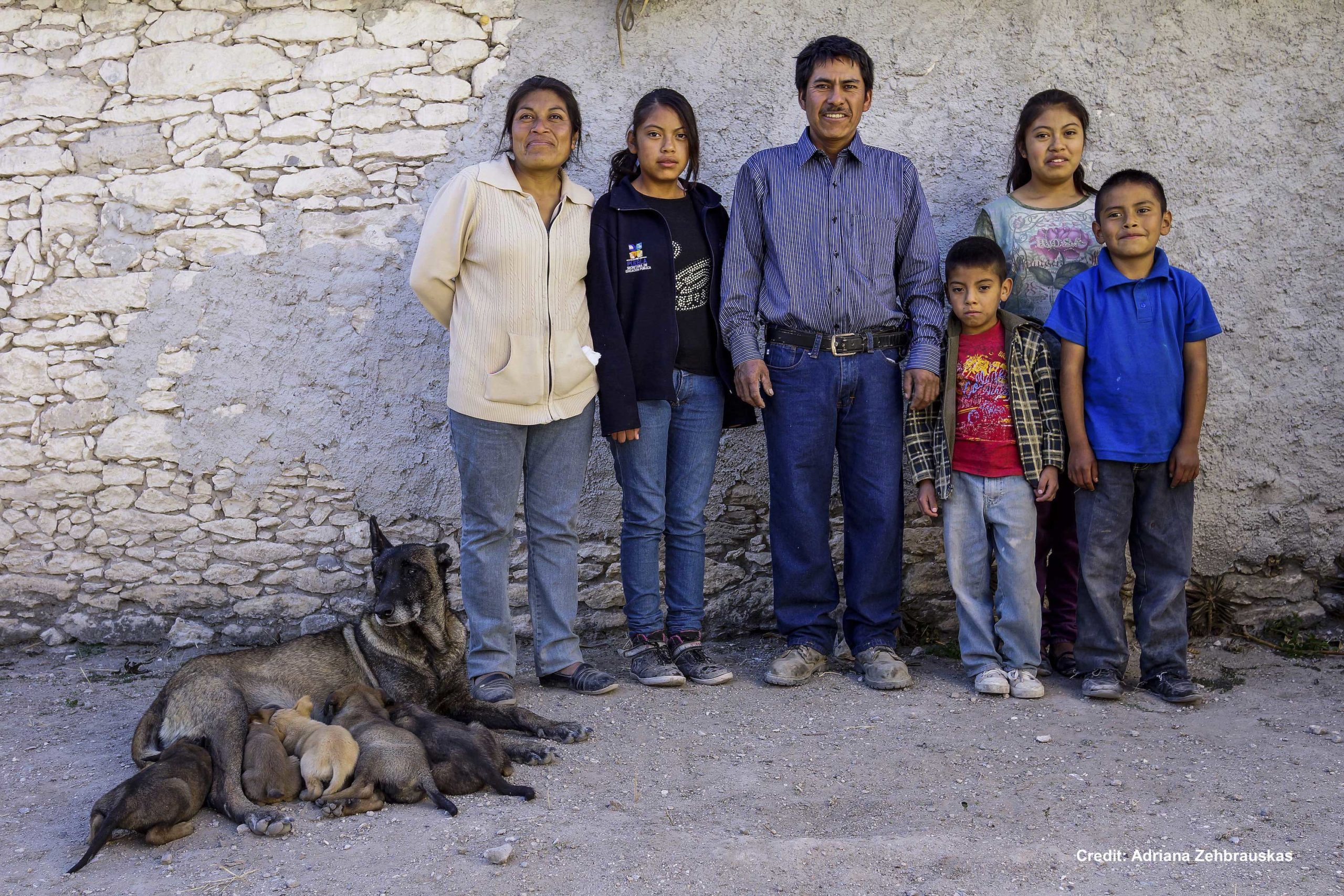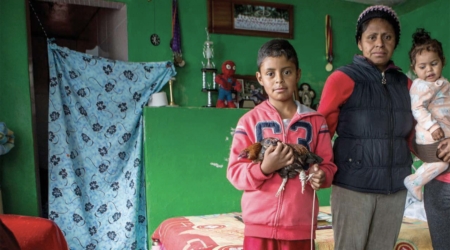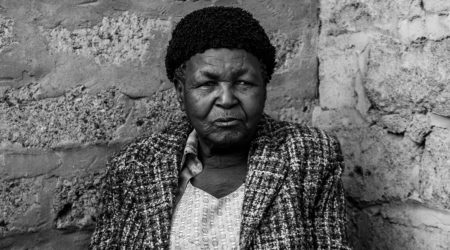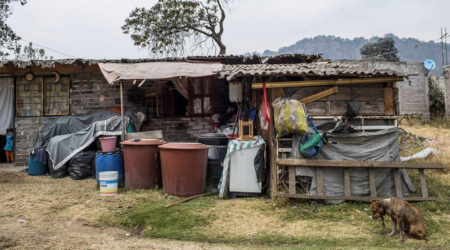How Do Mexican Households Get by on Less Than US$ 2 a Day?

From taxi drivers in a rough neighborhood just outside Mexico City to rural farmers in the Mixteco region of Oaxaca, low-income Mexicans have in common the fact that their finances are unpredictable. This is a main finding from the Mexico Financial Diaries, a longitudinal qualitative study to understand the financial lives of the poor. Whereas members of a better-off family with full time jobs might earn income from two or three sources, these families patch together income from 7.3 jobs on average. Even families receiving remittances and government support — considered predictable sources of income — were not able to anticipate when they would receive these payments. Juggling so many activities under uncertainly makes money management difficult for the poor.
Financial Diaries is a methodology that tracks all purchases, income flows, and financial operations of a relatively small number of families in order to understand how low-income households overcome the economic challenges they face. In Mexico, this research project followed 185 households in Mexico City, a small town in Puebla state, and rural Oaxaca in southern Mexico from end of 2013 to early 2015. You can learn more about the research methodology here.
Although these households are poor, they do have access to credit. Borrowing from family and friends is the most common way these families stretch their budgets to cover everyday expenses and to pay for emergencies, like a family member needing medical treatment. As one respondent told us:
You need to have enough money to take your child to the hospital in the middle of the night: taxi, doctor, medicine.

When households are low on money, many are able to take food on credit from local shop owners who know them personally, paying the shop owners back without interest when they earn income. Informal credit at shops is extremely helpful for low-income families, but depends on good personal relationships. Installment financing is another key tactic used to stretch low incomes. People divide purchases of goods — even smaller items like shoes, clothing, blenders and other appliances — into six, 12, or even 24 monthly installment payments. Although they end up paying sometimes two times the sticker price, bite-size payments make goods attainable. As one woman told us:
This is the only way I can discipline myself to get the things I need.
Families studied in the Financial Diaries do save, relying heavily on savings in the house and in rotating savings groups — called tandas in Mexico — organized among family and friends. These arrangements work well for medium-term savings, or savings destined towards repayment of loans. But because savings groups only last a few months and money can only be withdrawn at certain times they are not a good fit for saving for emergencies, or for enabling families to reach long term goals like building a sturdy home on land they own and starting or expanding a business.
Low-income families in Mexico, as in other countries, would benefit from financial services that are more flexible, for example credit repayments that can vary month to month, to better align with volatile income. Tools that help households better predict and plan can help low-income people to weather the many emergencies and setbacks that punctuate life at the bottom of the economic pyramid.



